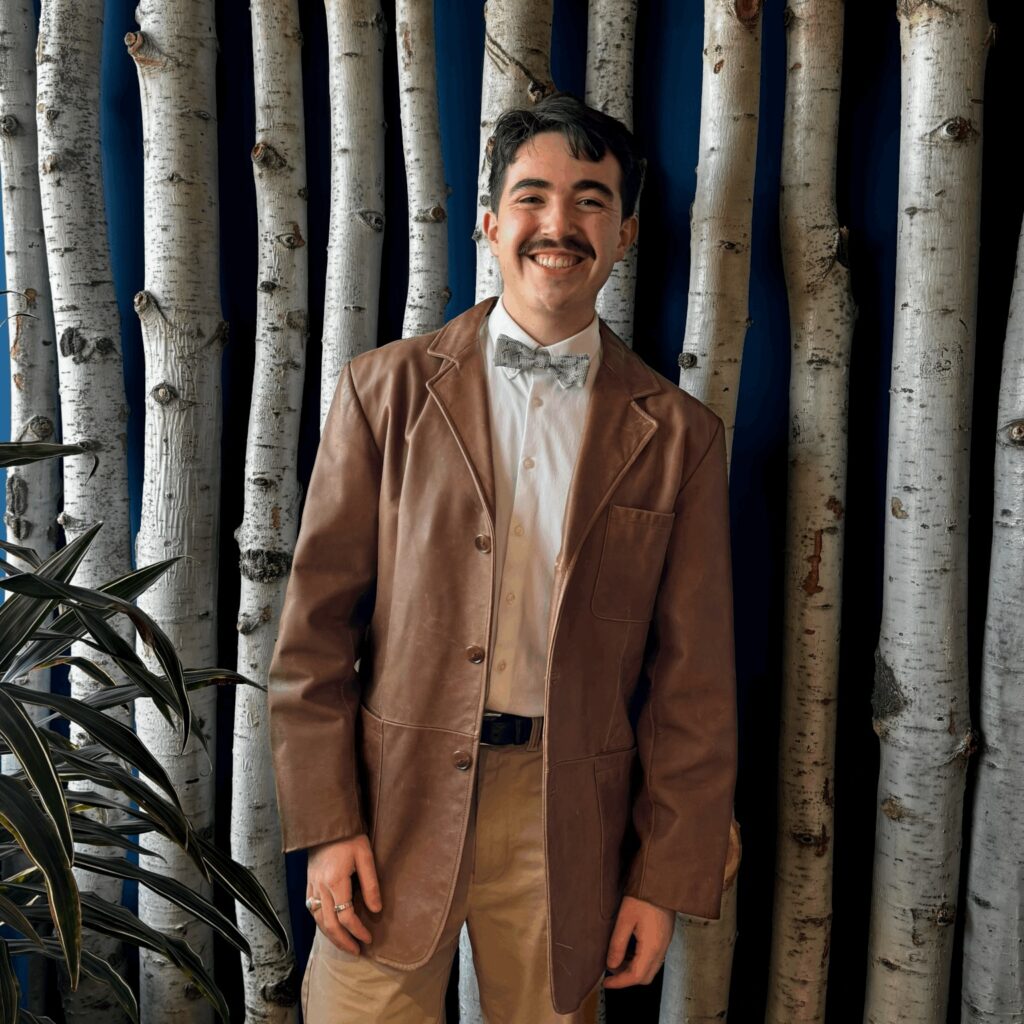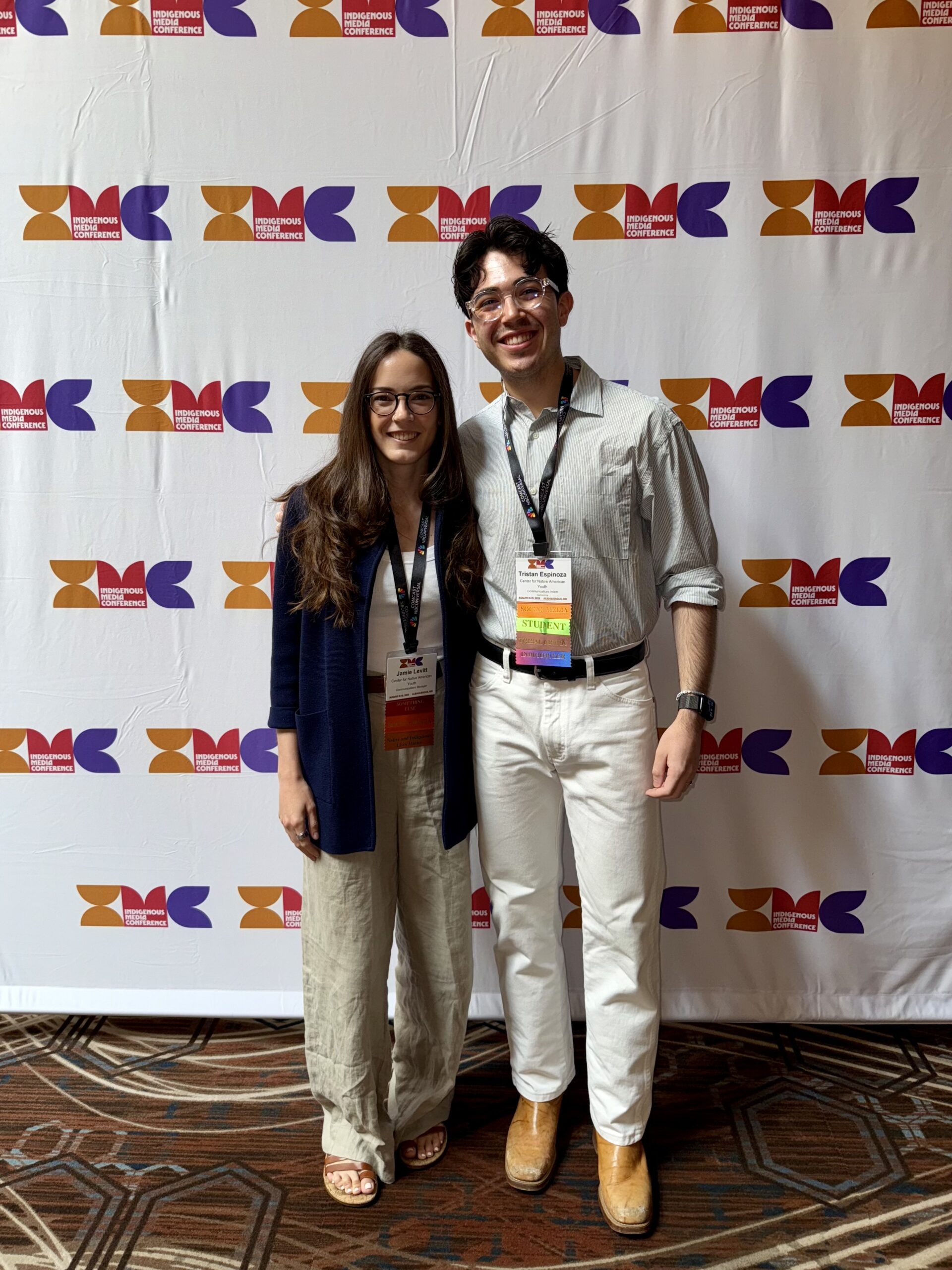This content originally appeared on the Center for Rising Generations’ Substack: The Groupchat
There are moments in our lives when someone’s belief in us shifts everything. When trust becomes the bridge between who we were and who we’re meant to be. Sometimes, that belief sounds as simple as: “I want to know what you think.”
For Native youth like Tristan Espinoza, that kind of affirmation isn’t just encouragement, it’s the catalyst to reclamation. It’s the power to lead not in spite of identity, but because of it.
At the Center for Native American Youth (CNAY) at the Aspen Institute, belief is not a buzzword. It’s a daily practice. One that reminds young Indigenous leaders that their stories, perspectives, and traditions are not background stories to their work, but the heart and soul of it.
This week, on our Meet the Groundbreakers series, we’re honored to highlight CNAY’s extraordinary impact, demonstrating how one young leader’s journey from doubt to belonging shows what can happen when someone dares to believe in your voice and dedication to serving community.
Read, reflect and join the conversation in the comments below. Let’s celebrate Tristan and all of our other changemakers and the powerful futures they’re already building.
In his own words…
Read While Listening To: Sky High by Tia Wood
Where’s your family really from? Did you grow up on a reservation? What percent “Indian” are you?
Growing up in a small Texas farm town, I likely fielded more questions about my identity than Google. At first, opening up about my Osage and Hispanic roots felt like a civic duty or entrusted responsibility to educate those unfamiliar with Native cultures. Yet, as time went on political landscapes shifted (including one life-altering pandemic), those questions began to feel heavier. Each answer I shared came with a burden; I began to reconsider how much of myself to share, and whether I was leading with confidence or defense.
By the time I found community in fellow Native students during my undergraduate years at Columbia University, an all-too common belief amongst underrepresented communities had taken hold of me: your work comes first, and your identity comes second. If I worked hard enough — earning good grades, building a political career, staying professional — no one could question the value of my identity again.

Yet, when I joined CNAY during my senior year as a Communications Intern, I was introduced to a new way of showing up in the world: leading with Indigeneity in the workplace.
Since my first day, the CNAY team has made me feel valued as a whole person — not just as an employee. I’ll never forget an early meeting with my manager, Jamie Levitt, where I began rattling off resume highlights in response to a new content idea. She stopped me mid-sentence and said, “Tristan, I already know all of this — it’s why I hired you. I want to know what you think. As a Native youth, is this message important to you and your community?” That moment stopped me in my tracks. For the first time, a leader placed my identity at the center of our work — not as an afterthought, but as the foundation for meaningful community action.
As I grew in my role — launching reels, introducing Native celebrity takeovers and creating one very memorable Taylor Swift–themed campaign I’ll never stop talking about — I’ll admit there was a point where I considered other opportunities. But during a one-on-one mentorship meeting with Executive Director Tracy L. Canard Goodluck, I once again encountered radical empathy in the workplace. She told me she cared about my growth not only as a writer at CNAY, but as a fellow Native person anywhere I went.
It’s one thing to gain a mentor — it’s another to see someone who looks like you reshape your entire approach to work.
Soon after, Tracy sent me – along with Jamie – to the Indigenous Journalists Association’s Indigenous Media Conference in Albuquerque, New Mexico. At first, I was nervous to attend my first professional conference representing CNAY, especially while still navigating my own sense of identity. Yet, as I attended panels on everything from supporting the Missing and Murdered Indigenous Peoples (MMIP) movement to youth-led climate action, and met incredible Native journalists like Dana Hedgpeth, my nerves disappeared. For the first time, I wasn’t networking despite my identity. I was connecting because of it.
As I near the end of my internship and the beginning of Native American Heritage Month, I can’t thank the entire Aspen and CNAY community enough for teaching me to embrace my greatest strength: being proudly Indigenous. From every youth fellow I’ve worked with to every colleague in the DC office, I’ve learned that who I am — and what I bring to the table — will never again be in question.

As we continue to uplift the rising generation of Native youth, I’m honored to share what I’ve learned with my own community and with every young person still learning to lead with identity.


 Democracy is Indigenous
Democracy is Indigenous